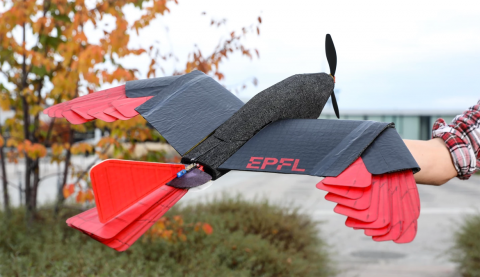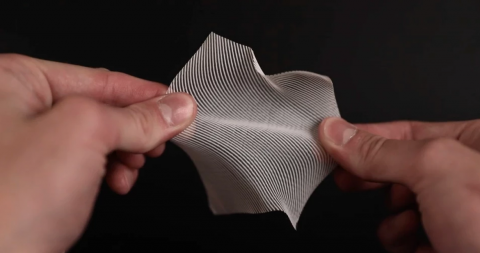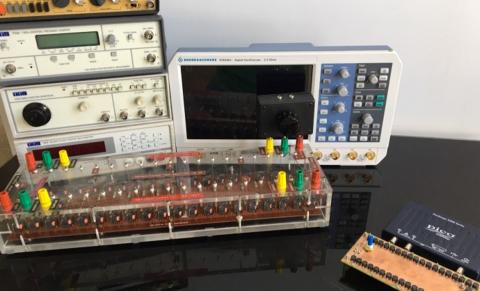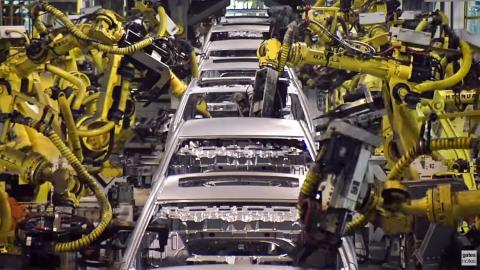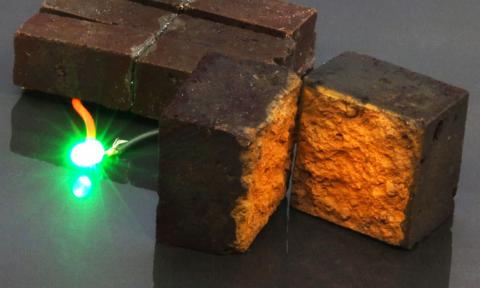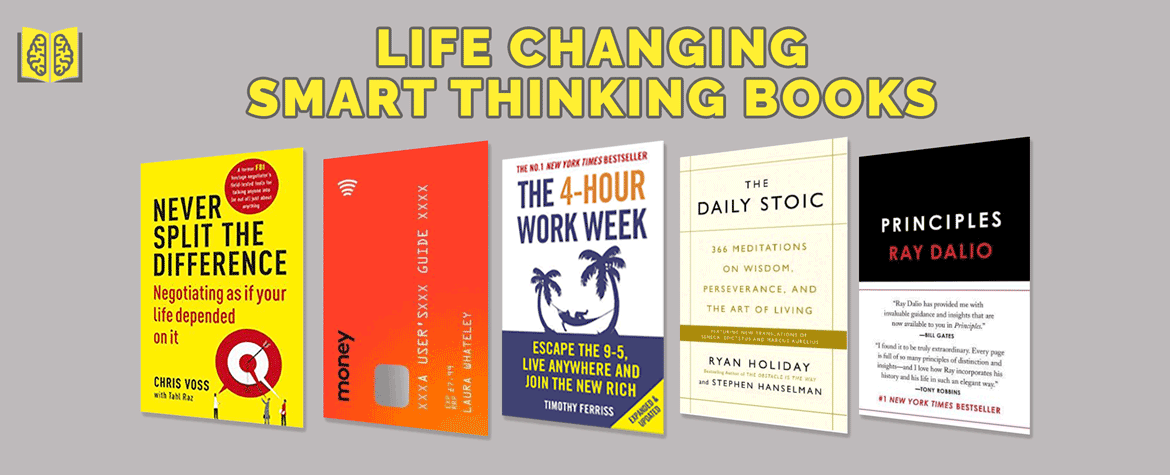Feathered Drone
A team at École Polytechnique Fédérale de Lausanne (EPFL) in Switzerland have created a winged and feathered drone that can change the position of its wings to control speed and maneuverability during flight. In other drone news, a team at Imperial College London have created a drone that can shoot darts with sensors on them.


